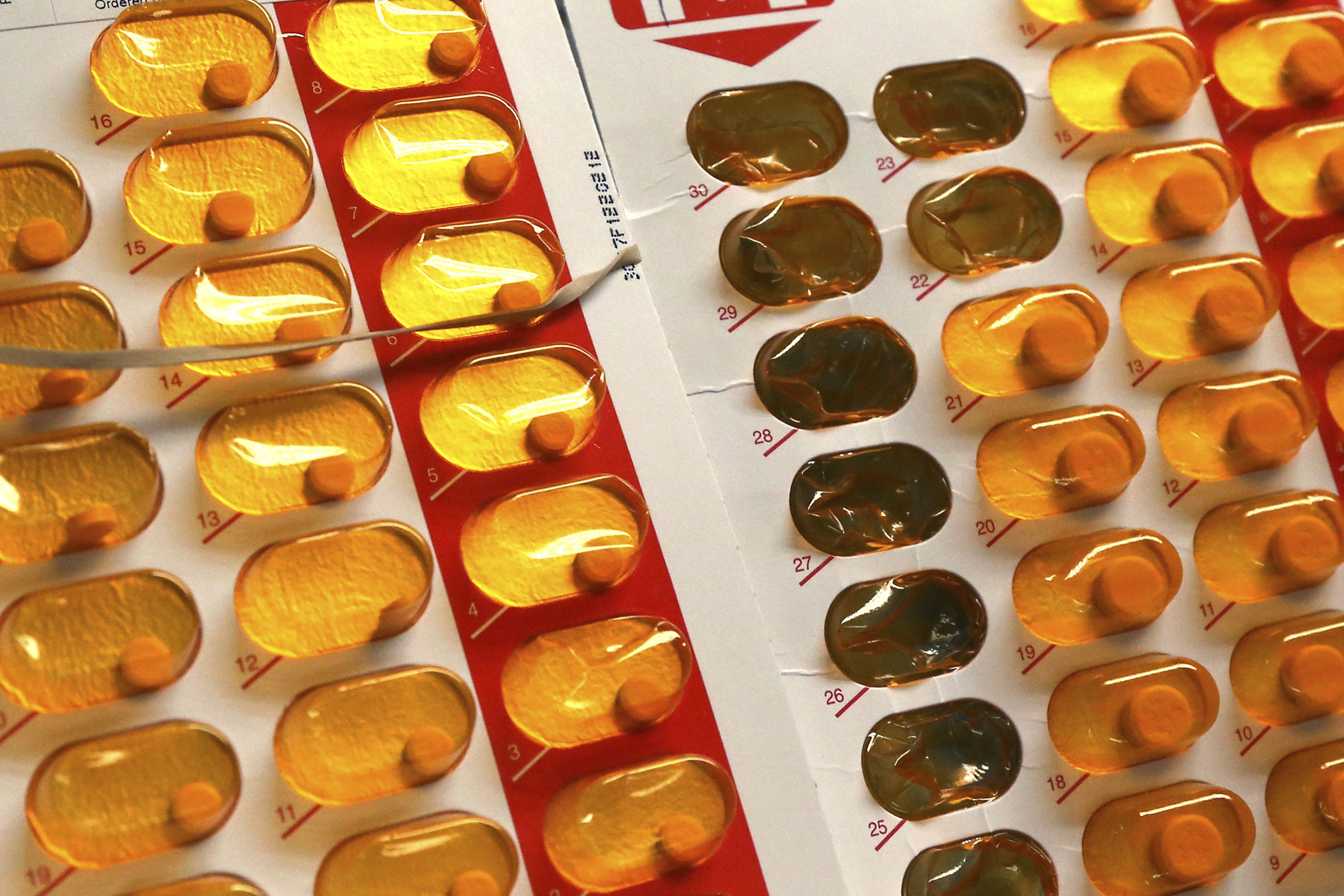We all love to indulge in a mani-pedi, but new research details it could impact your health: A new study shows the potential risks from gel manicures and what you can do to protect yourself before your next visit to the nail salon.
Gel manicures stay on for about two weeks and don't chip as easily as regular manis. But they require ultraviolet (UV) light to dry, and researchers say that could potentially increase your risk of skin cancer.
The potential problem is that UV light, Missmar said.
Study Found UV Light Damages Cells
Get DFW local news, weather forecasts and entertainment stories to your inbox. Sign up for NBC DFW newsletters.
Every time you get a gel manicure, you have to put your hands inside a UV nail lamp to let the polish dry.
“You can kind of think of them as mini tanning beds for your hands,” Kaiser Permanente dermatologist Dr. Kristin Cam Missmar said.
One type of ultraviolet light, UV-A, is what causes premature aging, wrinkles, dark spots and thinning of the skin — but, importantly, it also can cause an increased risk of skin cancer, Missmar said.
Health Connection
Get connected to a healthier life.
A recent study by the University of California San Diego and published in the journal "Nature Communications" found that radiation emitted by UV nail dryers led to damage in cells.
In the study, researchers used cells from humans and mice and exposed them to UV light for about 20 minutes — which is longer than the one to three minutes a nail salon says it takes for a customer's nails to dry.
The researchers say they found damage to the cells and the DNA.
“They found that after 20 minutes, 20% to 30% of the cells died. And then the rest of the cells that remained actually had mutations in the DNA that are similar to what we see in some skin cancers,” Missmar said.
Researchers caution that more data is needed to confirm the findings — or to even say how many gel manicures you would need to increase your risk.
The FDA says UV nail dryers are low risk when they’re used as directed.
Protecting Your Hands From UV Exposure
There are steps you can take to protect yourself at the salon.
First: sunscreen. You can apply broad-spectrum sunscreen SPF 30 or higher before the polish goes on, or before your hands go under the light, Missmar said.
“They do make gloves with UV protective factor built into them with the fingertips cut off. So, this way, you know you're getting your manicure, you're protecting the majority of your hand, not all of it, but you're definitely decreasing your risk by taking these steps,” Missmar said.
“Maybe opt for a traditional nail polish instead or another type of manicure that doesn't involve a UV light. Save those gel manicures for special occasions, a couple times a year," Missmar said.
Signs and Symptoms to Watch Out For
When you take the polish off, Missmar says to look out for certain signs of trouble.
“Any changes, discoloration in the nail — so that could take the form of a dark line, a brown line, the black line, even a red line in the nail especially that extends back to the cuticle. Any bumps in the nail underneath the nail plate, a crack in the nail or even any color change around the nail and the skin,” Missmar said.
For those of us who love gel manicures, Missmar says it's important to keep an eye on your nails. If you notice a spot or dark lines, don't ignore it or wait until your next skin check. Talk to your dermatologist as soon as possible.




